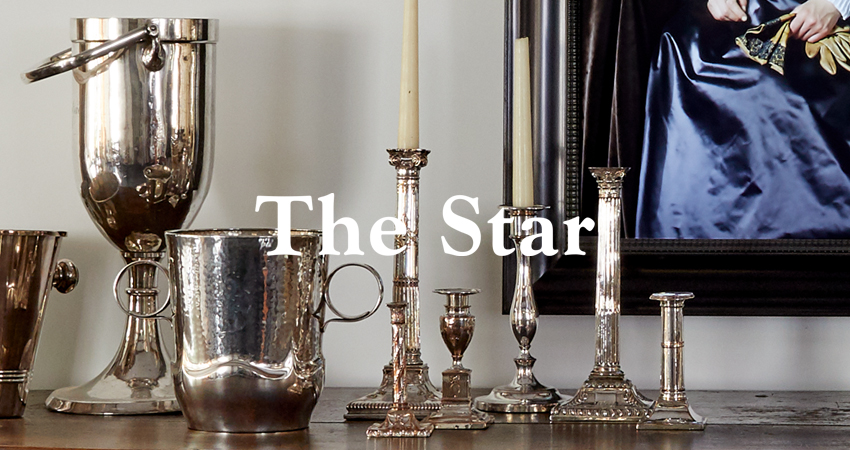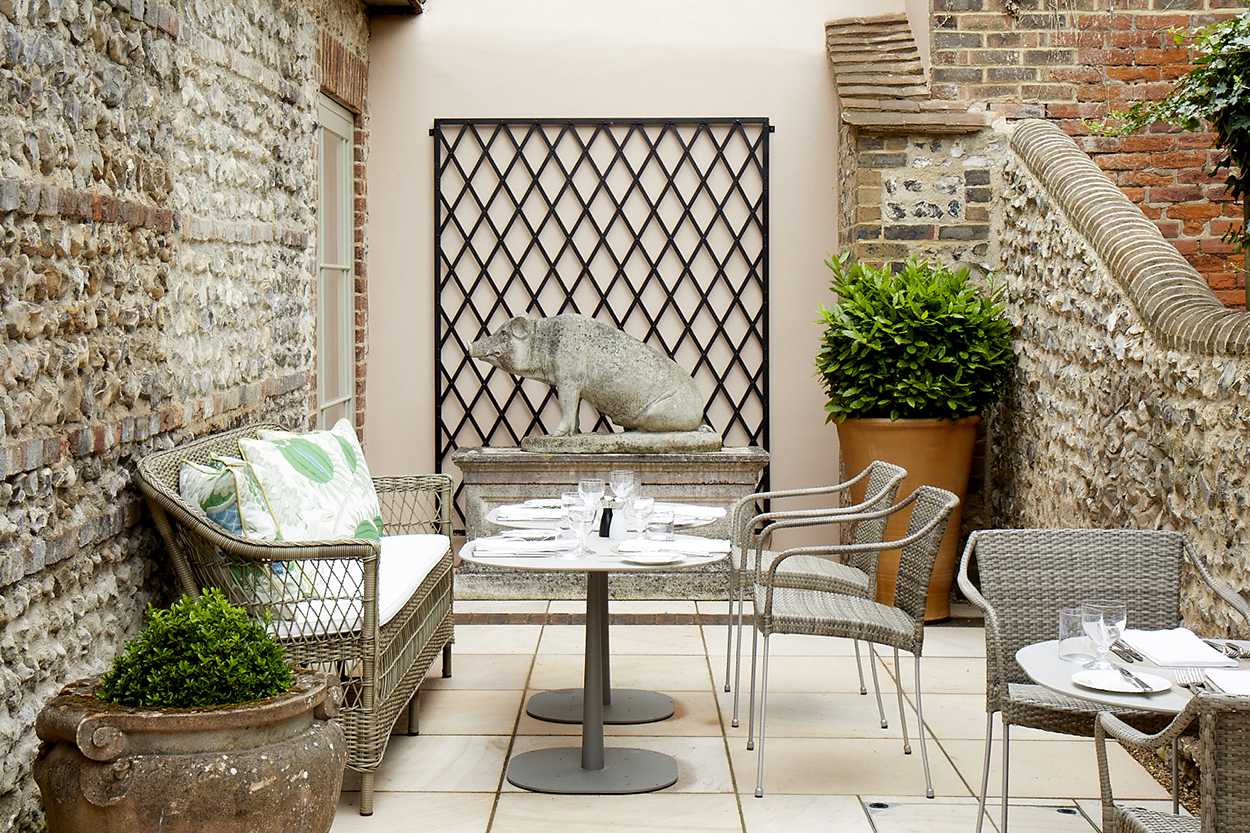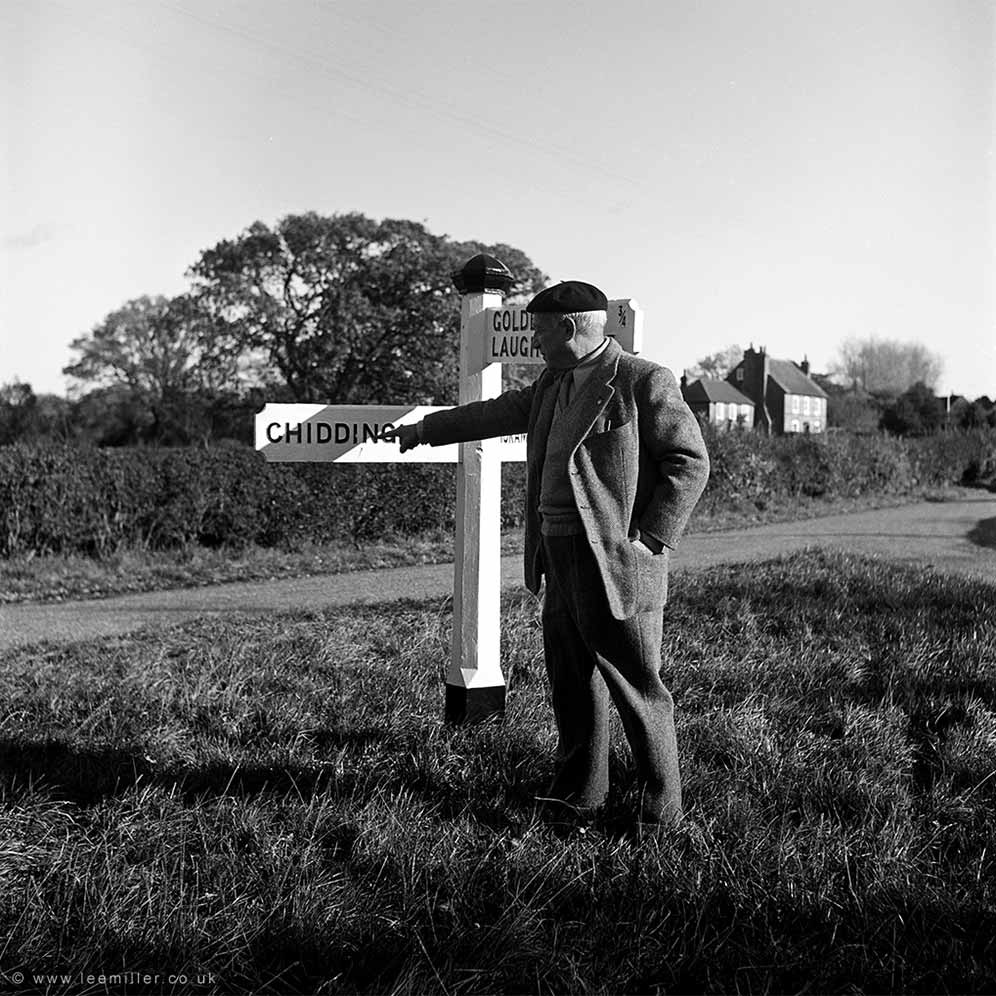The Endsleigh Gardener: Springtime for Repton by Ben Ruscombe-King (March 2018)
A week ago I was eagerly anticipating the onset of spring, brimming with enthusiasm and the unrealistic optimism only spring can bring. The snowdrops had been and gone, the daffodils and primroses were in full flower and the valley was taking on the pungent springtime aroma of the wild garlic which fills the valley at this time of year. Today winter has returned with a vengeance, the valley lies under a blanket of snow, the waterfalls have transformed into elaborate crystal sculptures, the daffodils hang their heads, the primroses have shrivelled and the wild garlic is deep frozen.
The scene is stunningly beautiful and a few weeks ago I would have revelled in it but now I am feeling cheated as I had persuaded myself that winter was over and was looking forward to a new growing year: a year in which every flower planted performs as gloriously as in the show gardens and catalogues; a year in which pests and diseases miraculously pass over the garden and a year in which the weather does what it’s supposed to when it’s supposed to. Now sitting in front of the fire, trying to rekindle my spring fervour, it is hard to imagine spring will ever return but of course it inevitably will, just as my hopes for predictability and control will inevitably be shattered. Sometimes that will be disappointing but more often than not it will be exciting, exhilarating and throw up something my tiny brain could not have envisaged: the self sown flowers that throw up unimagined but brilliant combinations; the wind felled tree whose absence, though keenly felt, allows long forgotten orchids to reappear; the atypical variant that becomes a next big thing. Unpredictability is in fact the lifeblood of horticulture and is what makes it so thrilling.
Springtime at Endsleigh is always stunning with the rhododendrons, camellias and magnolias flowering throughout the garden. In the dell the aforementioned daffodils, primroses and ramsons are joined by campion, wood anemones and bluebells to create a carpet of wildflowers – and this year the recently planted cascade garden will we hope, look spectacular with its collection of candelabra primulas. The further reaches of the grounds find early purple orchids colonising shaded valley slopes. The more formal areas of the garden are filled with spring flowering bulbs: tulips; ipheion; chionodoxa; camassia; allium; fritillaria and asphedoline jostle for position amongst the emerging shoots of the summer stalwarts. In the parterre tulips will soon be pushing their brightly coloured goblets through the smiley faces of the violas.
Wandering through the dell at this time of year one could be forgiven for believing its beauty is wholly natural. Thereby lies the skill of Humphry Repton, whom the 6th Duke entrusted with improving the garden: for all the cascades; waterfalls; rocky crags and trees clinging precariously to ledges are not there by chance but are the product of careful consideration and artistry. Spring is possibly the best time to experience the dell as Humphry Repton imagined it, with the wildflowers clothing the banks of the streams, cascades and waterfalls and complementing the picturesque details, whilst the surrounding foliage has not yet obscured the views of the layout of the garden. As this year is the 200th anniversary of Repton’s death, what better time is there to experience one of his last major commissions?













